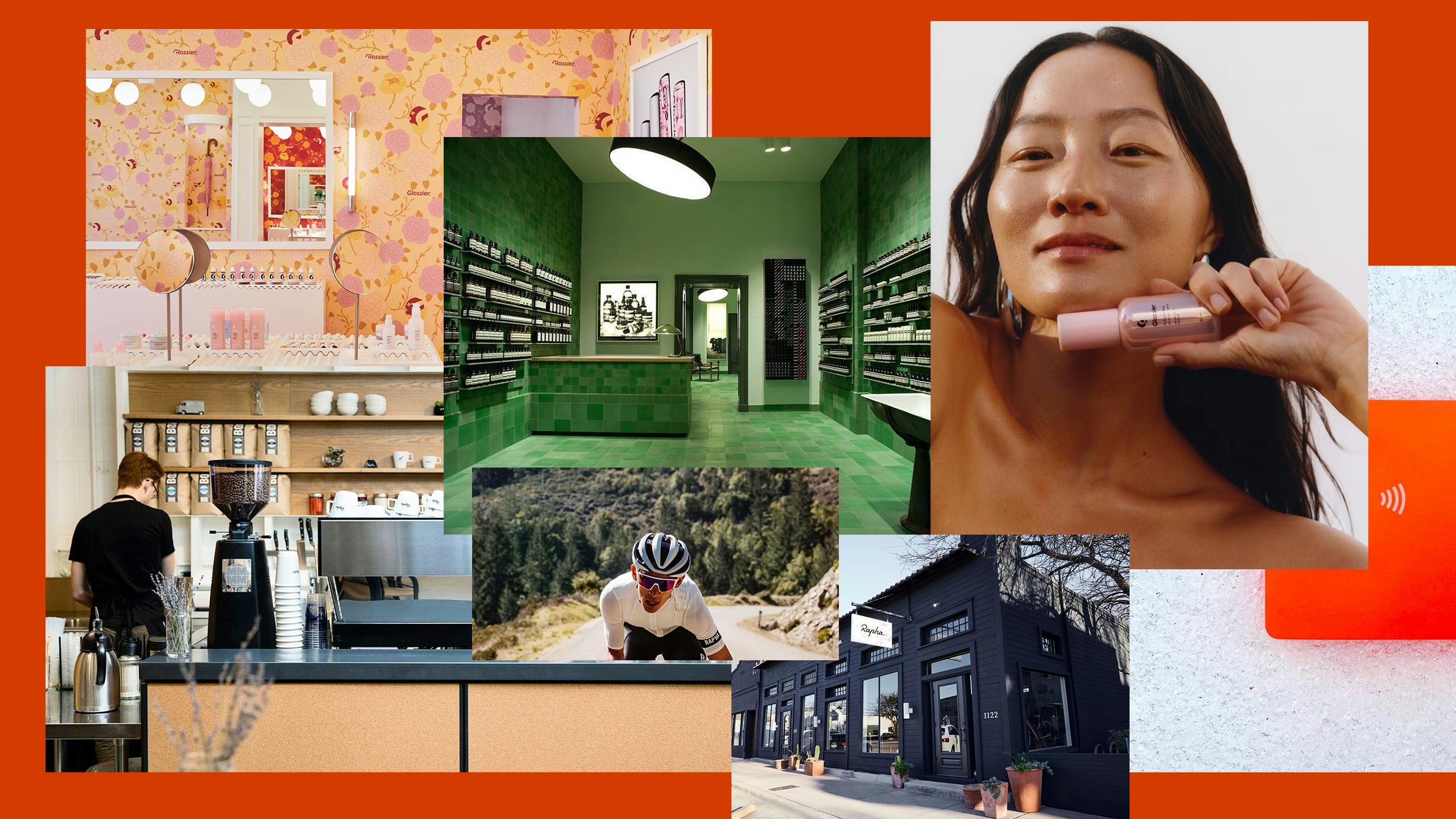
The Art of Seamless and Sticky
Blending automation, CX, and intentional friction to design services people remember
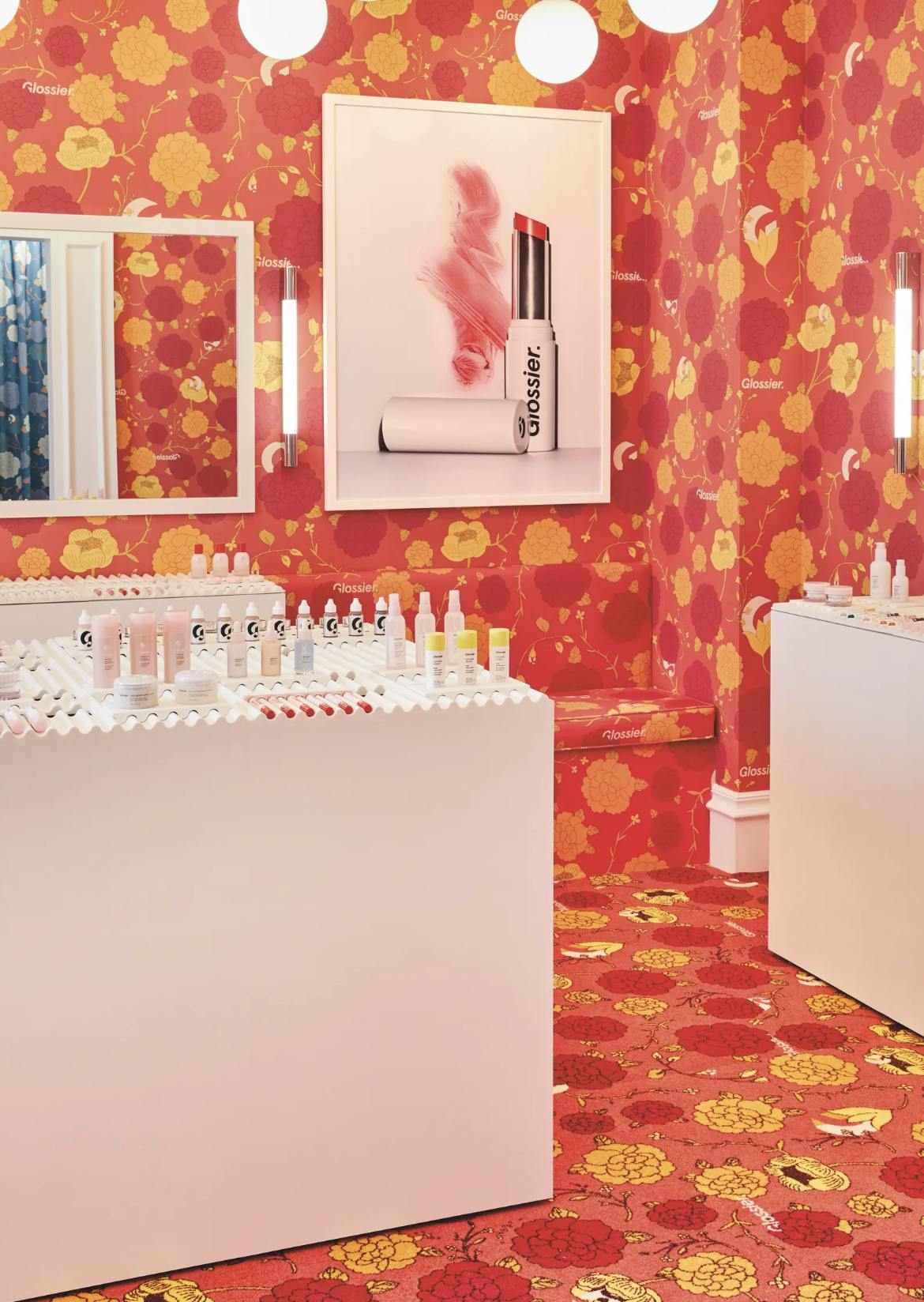
What makes a brand stand out today?
What makes a brand stand out today? Often it is not the global giants that shift perceptions, but the more surprising players who find new ways to connect with people.
Monzo built trust in the UK not by competing with the heritage of high street banks, but by giving customers something they had never experienced before in the form of total transparency. Spending data was made instantly available, neatly categorised and easy to navigate, transforming banking from a slow and faceless process into something that felt simple, personal and human.
Glossier, meanwhile, reinvented beauty retail by designing pop-up stores where queues and photo moments became part of the theatre. The brand did not just sell products, it staged an experience where waiting itself felt like a story worth sharing.
A lesser known example comes from Rapha, the cycling apparel company. Rather than relying on traditional retail channels, Rapha built a network of “Clubhouses” where cyclists could gather, share stories, enjoy coffee and immerse themselves in a lifestyle as much as a product. This approach blurred the line between commerce and community, showing that differentiation often comes from creating experiences that feel authentic and shared, not just transactional.
From Seamlessness to Signature Friction
For years service design was about smoothing every journey. That goal has now become the baseline. Recommendation engines, chatbots and predictive logistics mean most services already feel seamless. The opportunity lies in creating intentional points of friction that bring the brand to life. Glossier’s queues are a good example. They are inconvenient on the surface yet they heighten anticipation and make the purchase feel like a shared event.
Similarly Aesop uses unique architectural details in each store that demand exploration, turning retail into discovery rather than a transaction. These moments remind people why the brand is distinctive. They slow us down in ways that feel meaningful, not accidental.
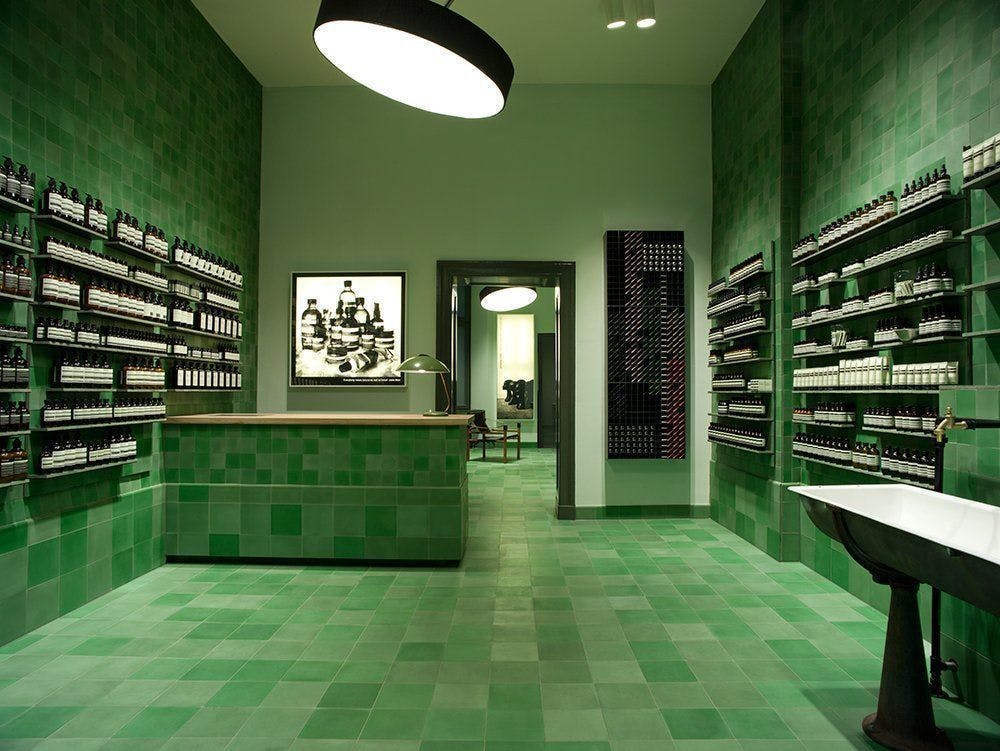
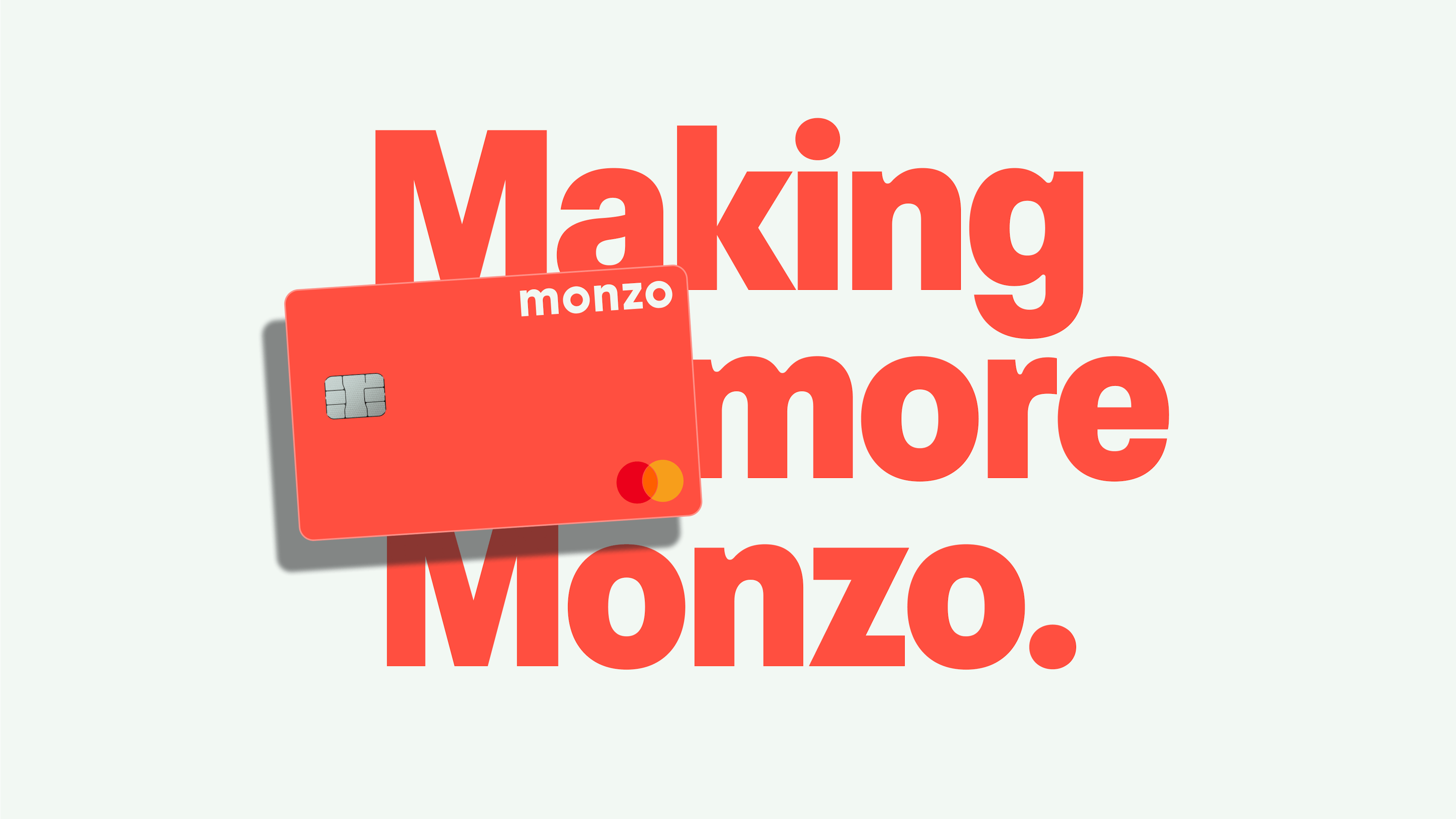
Service Design and CX
At its core, service design is the discipline of shaping how a service is delivered across every touchpoint. It looks at the end to end journey, considers the systems and people behind it, and then organises those elements so they work together. Customer experience, or CX, is the result that customers actually feel. In other words, service design is the blueprint while CX is the lived reality.
In light of AI this link becomes even more critical. If service design is not intentional, AI risks creating efficient but soulless experiences. When done well, service design ensures that technology supports a journey that feels not only smooth but also aligned with what the brand stands for.
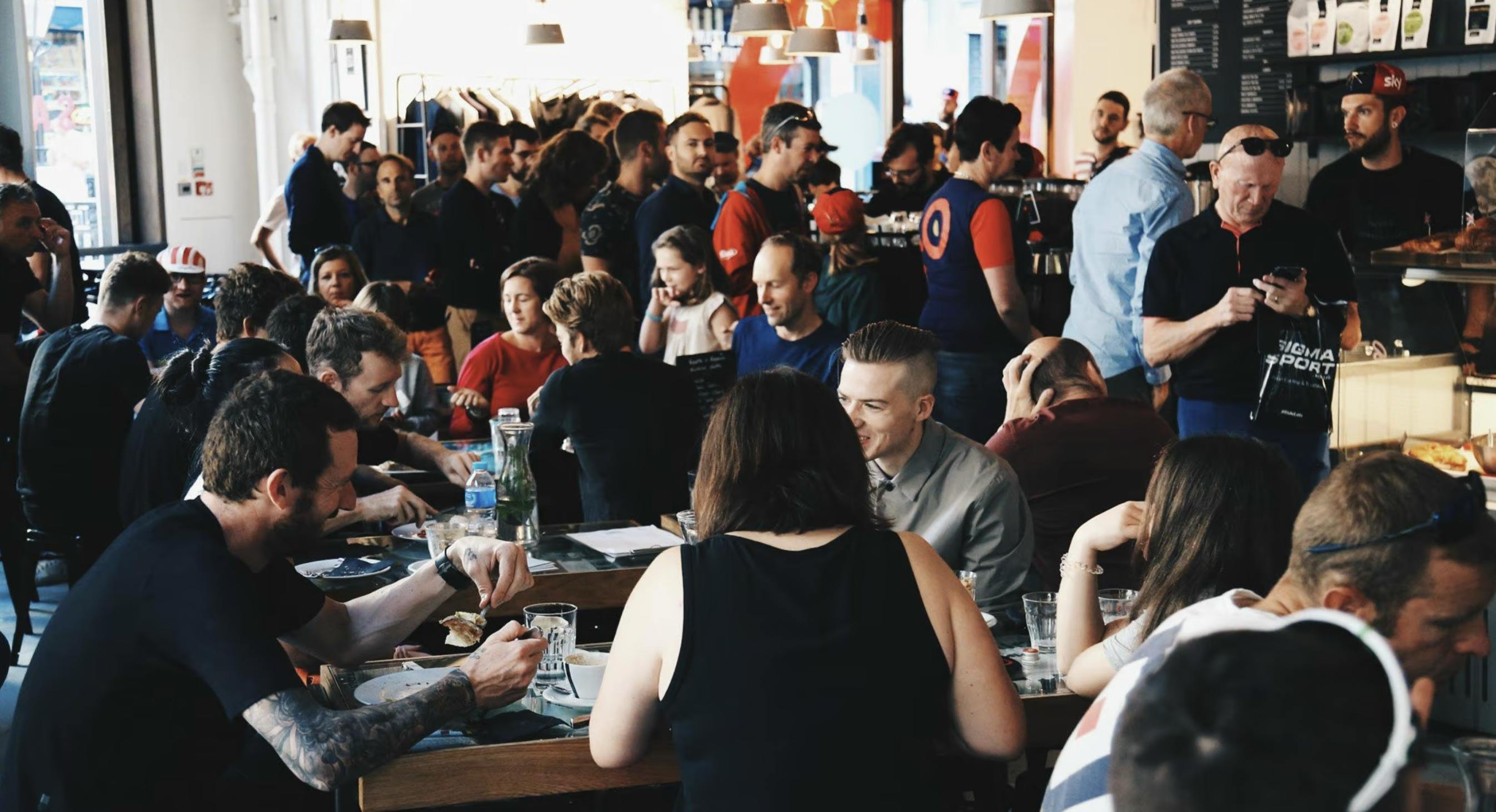
Automation, AI and the Human Layer
Automation and AI now run invisibly in the background of most experiences. In healthcare, triage tools support patients before they meet a doctor. In retail, AI suggests products while a consultant validates the choice in store. In travel, booking systems are predictive but hospitality staff still provide the human warmth that machines cannot.
The role of service design is to decide where efficiency should be invisible and where friction should be purposeful. Seamlessness keeps things working. Signature interruptions make them unforgettable.

Service Design’s Expanding Role
Service design is no longer a niche discipline. It shapes how people bank, travel, shop and access healthcare. In regions like the Middle East, where economies are diversifying into tourism, culture and technology, the discipline is helping to reimagine everything from airports to cultural venues.
The lesson is clear. The future is not only about making things smooth. It is about creating experiences that are both easy to use and impossible to forget.